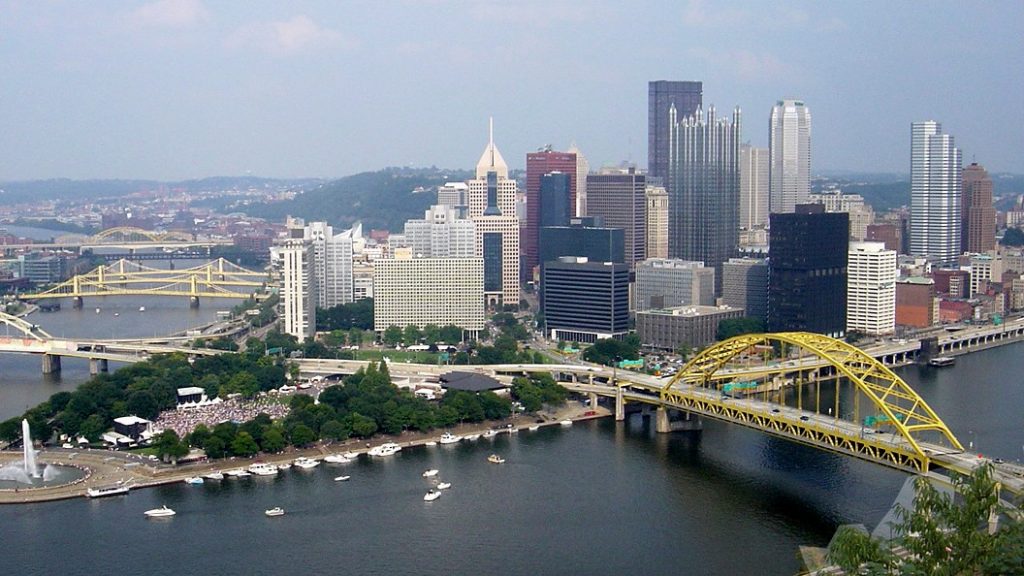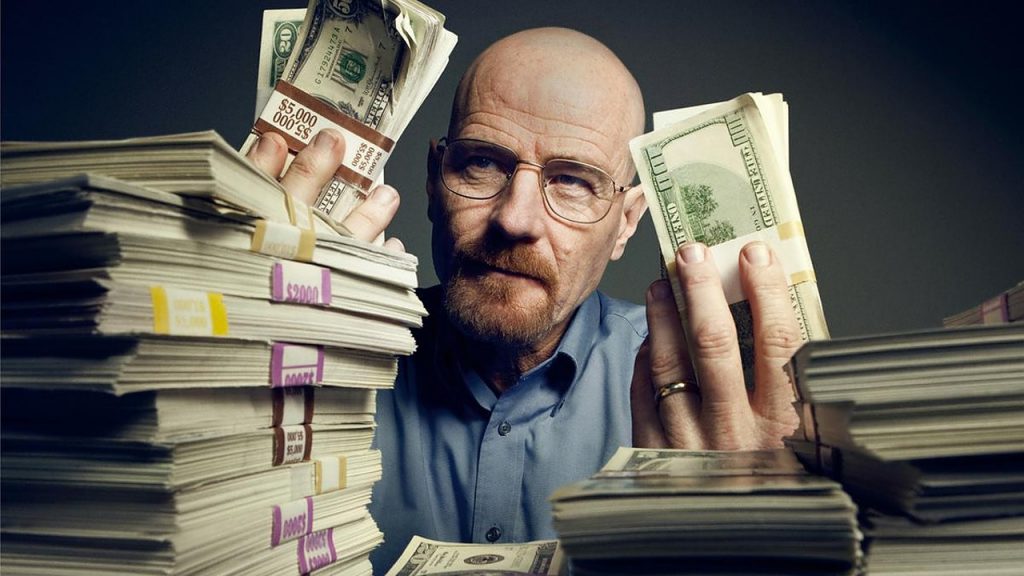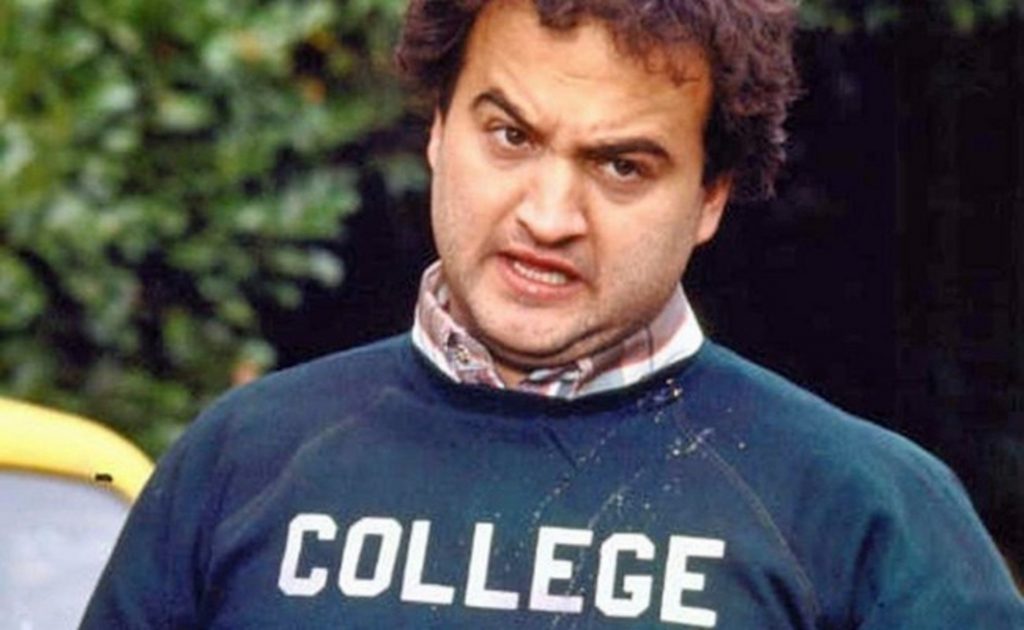New Bill Would Tax Higher Education To Fund Infrastructure
As the City of Bridges looks for ways to fund infrastructure, one lawmaker proposes a Pittsburgh tax on higher education.

Like many cities big and small across the country, Pittsburgh is struggling to figure out how to pay for the infrastructure improvements the city sorely needs. The “City of Bridges” boasts 446 bridges, many of which are in need of some work. City and county roads are also due for a facelift. One councilman in the city has a way to pay for these repairs – a 1% Pittsburgh tax on higher education and medical care.
Perhaps spurred on by the horrific Fern Hollow Bridge collapse, one that saw several vehicles including a Port Authority bus fall resulting in ten injuries, Councilman Ricky Burgess introduced his Pittsburgh tax to the Pittsburgh City Council. “The strongest part of our economy is the educational and medical institutions,” said Councilman Burgess to Trib Live. “We need them to partner with us to generate the revenue that is needed to repair and restore our aging infrastructure.”
Councilman Burgess called the proposed Pittsburgh tax a “very modest 1% user fee.” He also estimated that his proposal would raise at least $50 million a year, if not more, to help pay for infrastructure repairs throughout the city. Burgess’ proposal would in one part target the tuition of those students attending universities, colleges, and advanced technical schools located throughout the city.
According to Burgess, the legislation would also target people receiving services at medical facilities within the city. The Pittsburgh tax would include “hospitals, clinics, rehabilitation facilities, and any other facility furnishing medical, therapeutic, psychological or vocational care.” The tax would not apply to physically, mentally or age-incapacitated people.

As it pertains to educational institutions, the Pittsburgh tax would be applied to the full tuition amounts at the universities and colleges, but would not tax financial aid, grants, or scholarships. The 1% tax would also be applied to the entire amount of medical bills that include any portion of the bill paid by insurance. Burgess also noted that low-income individuals or families would not receive an exemption or limitation from the tax.
Burgess said the only way to improve the city’s infrastructure is to find new and creative ways to bring in revenue and the Pittsburgh tax is his answer. Targeting higher education and medical care is, in Burgess’ estimation, a way in which the city can improve its infrastructure and not take away from other key initiatives. And yes, Burgess said that infrastructure improvements jumped to the front of the city’s priority list after the Fern Hollow Bridge failure.
One major concern surrounding the 1% Pittsburgh tax would be for those who’d find it much more difficult or even impossible to pay for medical care or higher education. Burgess’ blunt answer to that: “Bridges are falling down.” Although Burgess has not spoken with medical facilities or higher-education institutions about his tax proposal, he said he is willing to sit down with these entities about other ways they might be able to help out with funding the city’s aging infrastructure.
“We in Pittsburgh need to fix our infrastructure without jeopardizing the other commitments we’ve made,” Burgess said. He also acknowledged that his 1% Pittsburgh tax proposal would be amended though he didn’t offer any specifics on what he thought that may entail. Unfortunately, a bill of this magnitude could cause financial issues to the many who already find themselves cash-strapped in today’s economy.

The Pittsburgh tax could add hundreds, if not thousands, of dollars to hospital bills. Education expenses could see the same bump. How families make up that difference is the big question. Presently, tuition at the local University of Pittsburgh runs a bit over $19,000 a semester for in-state students. The 1% tax would add another $190 per semester. At Carnegie Mellon University, yearly tuition sits at $60,000 a year, which means students would see a $600 rise in tuition cost. Medical costs would see the same sort of jump. As an example, the common knee replacement procedure conducted at UPMC Presbyterian Shadyside hospital averaged around $85,000. The 1% Pittsburgh tax would add an additional $850 for patients needing a new knee.
Before there can be a final vote on the proposed Pittsburgh tax, the City Council would have to open things up for a public hearing. While no further talk about the Pittsburgh tax came after Burgess introduced it, a discussion could come as soon as next week. While many recognize the severity of the city’s infrastructure, at what cost are they willing to go to make their improvements.







